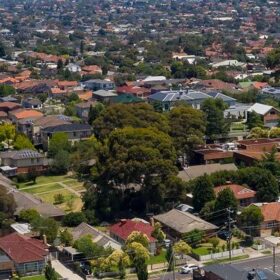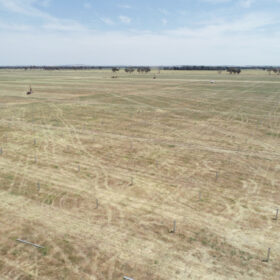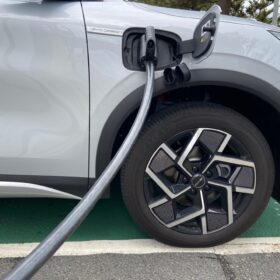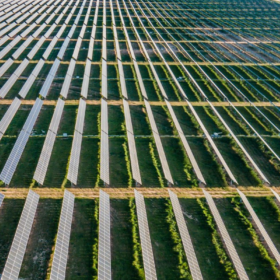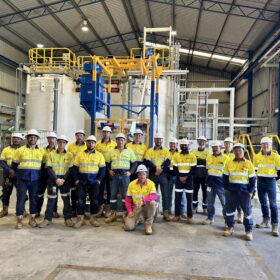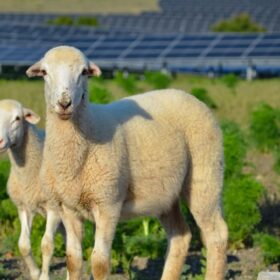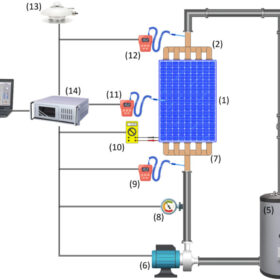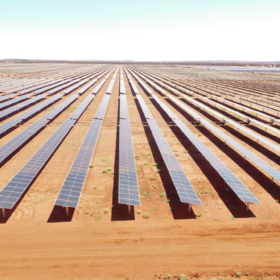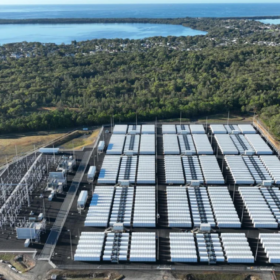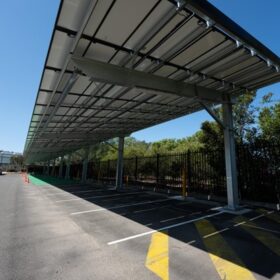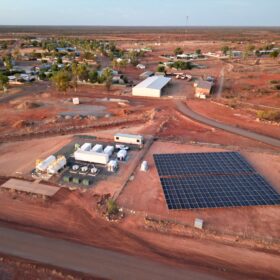Intellihub trial aims to free up more than 510 MW of flexible demand
Smart metering services provider Intellihub is seeking to develop digital infrastructure that will enable the orchestration of more than 150,000 otherwise scattered consumer energy generation and storage devices, helping to create more than 510 MW of flexible energy demand.
SmartestEnergy signs PPA for Girgarra Solar Farm
Renewable energy retailer SmartestEnergy Australia and Enel Green Power Australia have signed a long-term offtake agreement for the 93 MW Girgarre Solar Farm being developed in central Victoria.
PEP invests $250 million in electric vehicle charging
Electric vehicle charging in Australia and New Zealand has been given a boost with fund manager Pacific Equity Partners acquiring a majority stake in Australian electric vehicle charging solutions provider EVSE to the tune of $250 million (USD 167 million). The partnership also involves PEP-backed smart metering specialist Intellihub.
Energy storage project bids now sought for Victoria and South Australia
The Capacity Investment Scheme South Australia-Victoria tender is now open for bids. Renewable energy storage projects must be located in either of the states and have a minimum storage duration of two hours and a minimum size of 30 MW.
Solar bike paths go online in Netherlands
Two new PV bike-path projects are now operating in the Netherlands under an initiative launched in 2018 by Rijkswaterstaat, the Dutch water management agency.
Lightsource bp targets renewables growth after offloading solar farm portfolio
Solar developer Lightsource bp has declared that proceeds from the sale of five utility scale PV projects in Australia with a combined capacity of more than 1 GW will be used to fast track the development of a pipeline of projects across the wider Asia Pacific region.
AVL progresses ‘pit to battery’ strategy with vanadium electrolyte manufacturing facility
Construction of Perth-based minerals company Australian Vanadium Limited’s first commercial vanadium battery electrolyte manufacturing plant has been successfully completed as part of the company’s broader value-adding vision.
Trina lands development consent for 200 MW NSW solar farm
Solar technology manufacturing heavyweight Trina Solar has secured conditional development approval from the New South Wales government for a 200 MW solar farm to be developed in the state’s southeast.
Waste heat from PV panels used to generate residential hot water
Scientists in the United States has developed a new photovoltaic-thermal system design that utilises parallel water pipes as a cooling system to reduce the operating temperature of photovoltaic panels. The waste heat generated by this process is then used to generate domestic hot water.
Solar’s ‘success story’ could soon be over, says SolarPower Europe
European Union member states have installed a “record-breaking” 56 GW of PV over the last 12 months – consistent with the past three years of 40% year-on-year growth, according to SolarPower Europe. But the association warns that solar’s moment in the sun could soon be over, as energy prices stabilise and project interest rates skyrocket.
